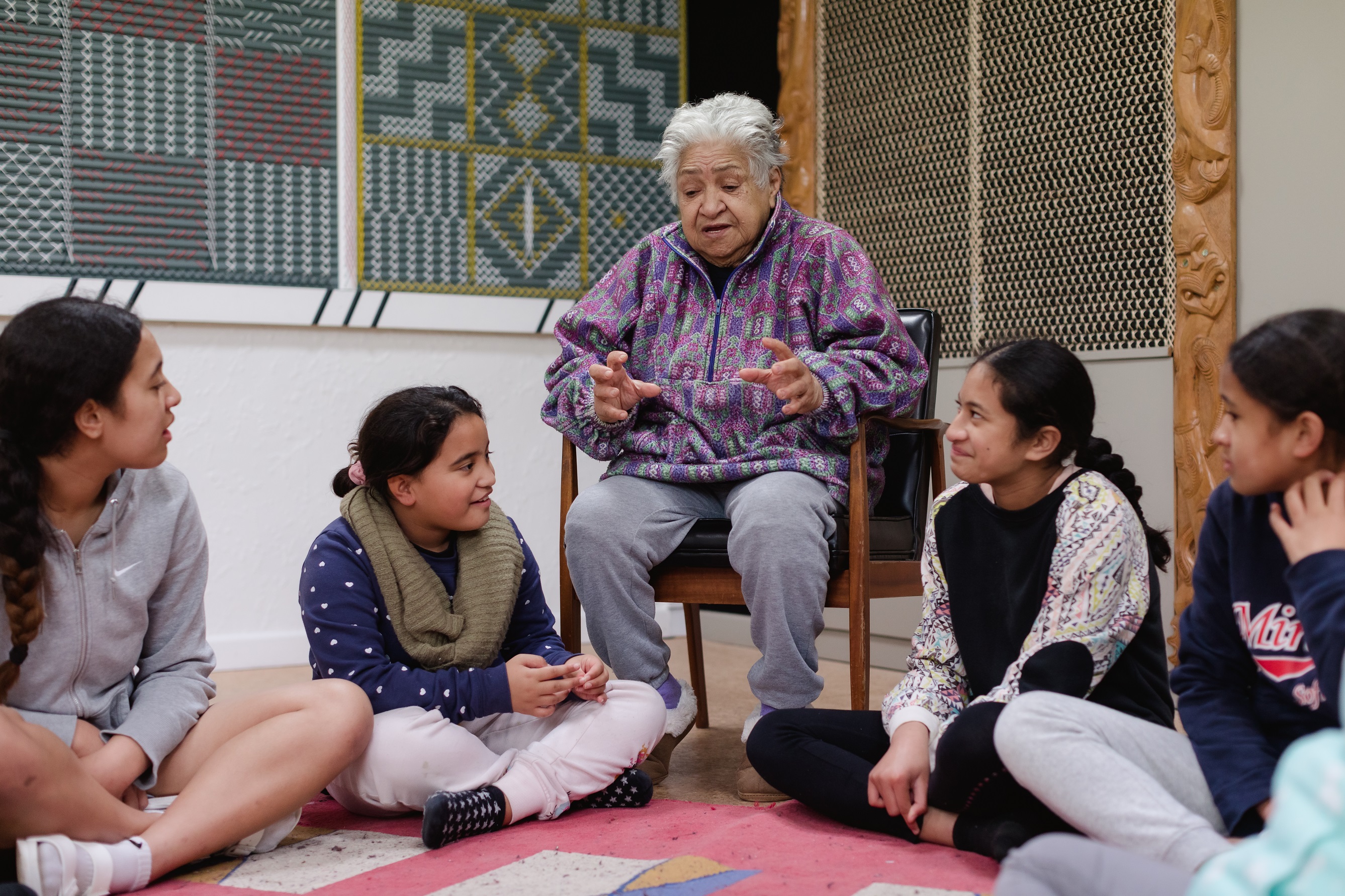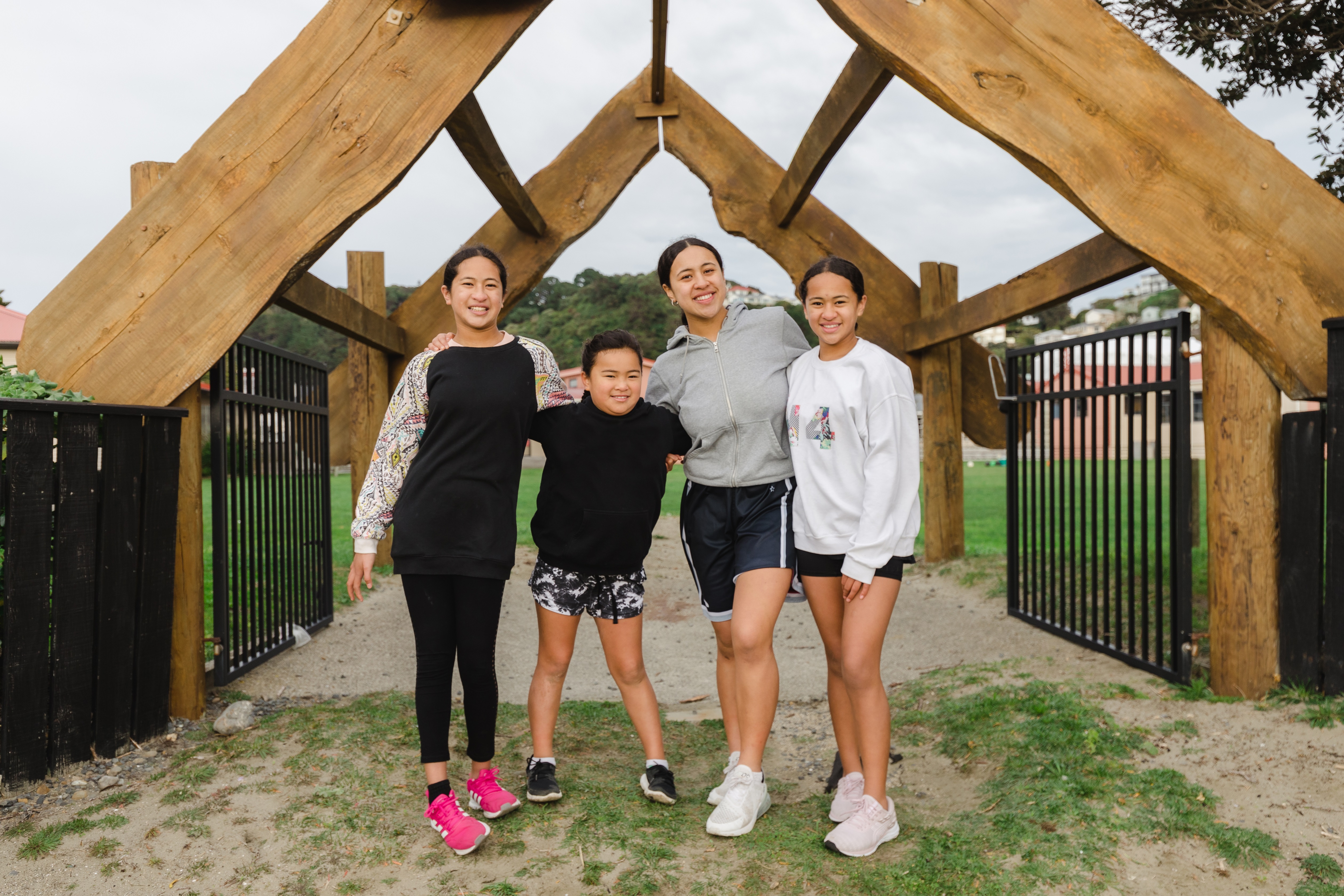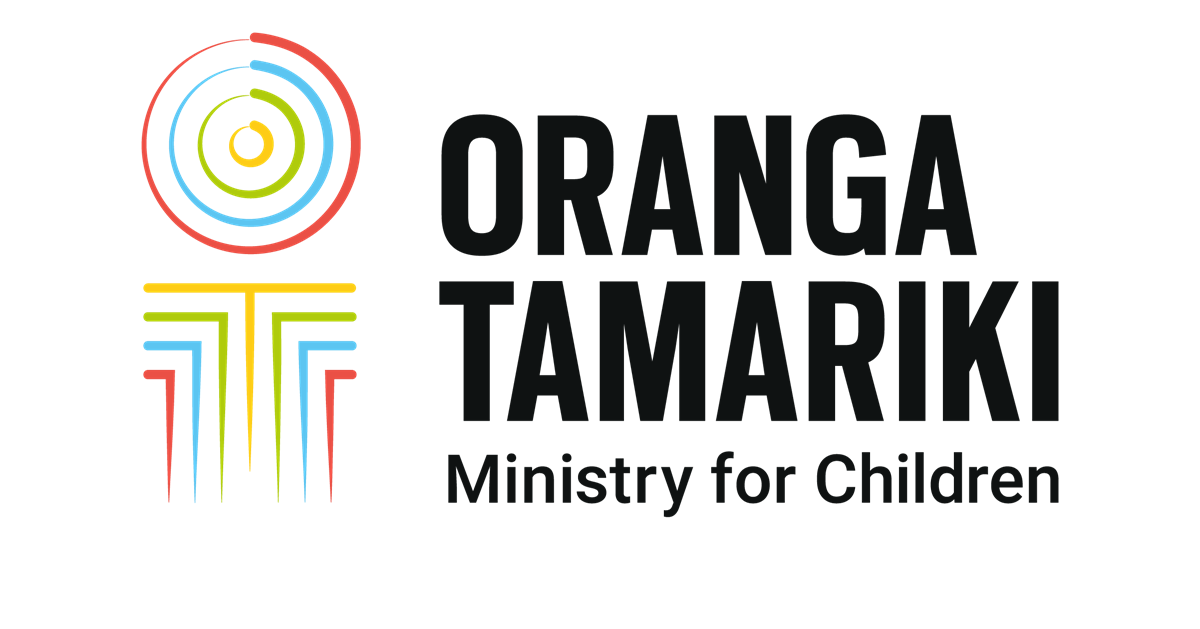Forming a clearer picture for tamariki
Published: May 20, 2019
Our new approach for Intake, Assessment and Referrals aims to see tamariki better supported within their whānau and communities.

Building an understanding of history, early on
A huge part of the work Oranga Tamariki does is identifying the needs of tamariki and whānau who are notified to us through a report of concern, and finding the best help for them.
This is known as ‘intake, assessment and referrals’, and since October we've been testing a simplified and enhanced way of working which will be implemented by all teams later this year.
Social Worker, Susan*, is embracing her new role as an Intake Worker to help tamariki and whānau get the support they need, sooner and with less disruption.
“Our purpose is to prevent tamariki coming into care unnecessarily and see them better supported within their communities and families,” she says.
When a Report of Concern comes through to Susan, she looks deeper into the recorded history or significant events in a child’s life to form a chronology.
Based on the information available, she works closely with the referrer to make a decision on the next step. This could be a referral to a community service or to a social worker in her site to complete a further assessment of the well-being and safety of a child.
“When we look deeper into previous case notes and other relevant information we gain a clearer picture of what the child is experiencing and we have greater confidence in our decision making," Susan says.
*Name changed for privacy

Hui-a-whānau informs early decision-making
If further assessment is needed by Oranga Tamariki, a hui-a-whānau is held to help understand the child’s needs and try to reach a resolution earlier.
“Currently too many children and families go through a long, drawn out assessment which can be very disruptive for them," Susan says.
"When this new process works well, whānau are involved earlier and can make positive decisions for their tamariki before the situation escalates and the court becomes involved.”
In a recent case, a young child that was assessed to be at risk of harm was prevented from coming into care through a successful hui-a-whānau.
The extended family came together and put their concerns on the table. They didn’t condemn the parent, but instead offered support.
They made a plan to wrap their support around the parent so they could continue to care for their mokopuna, safely, and committed to take on full-time care if the situation became unsafe for the child again.
"This reassured us that the child would be safe and we didn’t need to escalate the case further,” Susan says.

